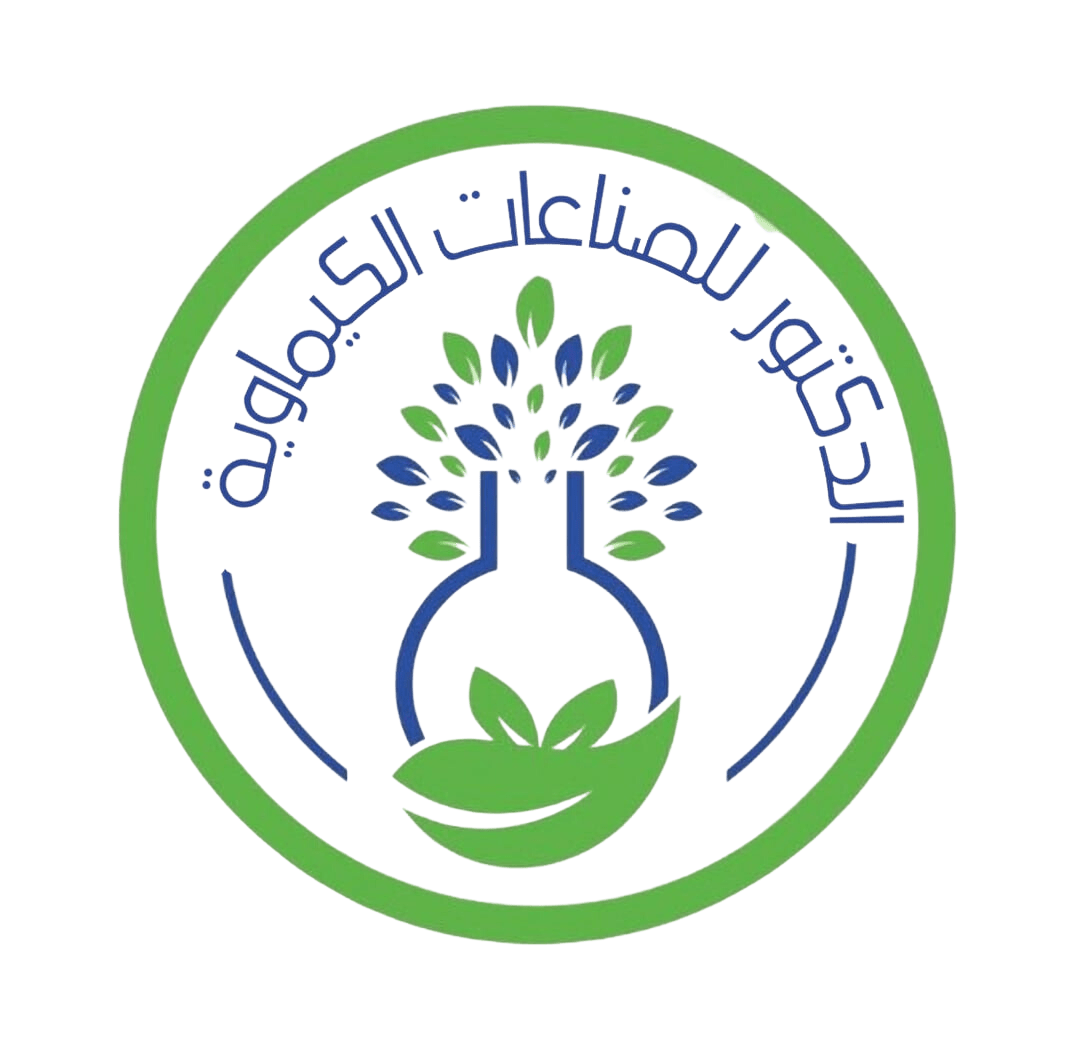Registration Number: Registration Date Under Registration
Iron is considered one of the important elements that help plants grow naturally. Iron is also essential in chlorophyll formation even though it does not enter into its composition, but it plays an important role in forming the enzymes responsible for chlorophyll metabolism.
Symptoms of iron deficiency in plants:
1. The appearance of yellowing between veins in new leaves.
2. Burning of leaf tips in addition to parts of the growing stem.
3. Complete leaf burn in case of severe deficiency.
4. General weakening of the plant.
5. Plant production decreases or ceases depending on the degree of deficiency.
Causes of iron deficiency in soil:
1. Soil poverty.
2. Excessive fertilization with phosphates above the permitted limit.
3. Increased soil acidity.
4. Alkaline soil.
5. Increased bicarbonate content in irrigation water.
Prevention of iron deficiency:
1. Fertilization with potassium as it increases the chance of iron absorption from the soil.
2. Regular irrigation.
3. Avoid planting in alkaline and calcareous soils.
4. Use Ducta Iron fertilizer to nourish the soil with iron.
5. Avoid adding lime to the soil.
Chemical Composition: 13% Chelated Iron
Application Rates
Used for all vegetable, fruit, field crops and ornamental plants
| Crop | Dose | Method |
|---|---|---|
| Fruit trees | 1 kg/feddan | Foliar spray with irrigation 3 times - once before flowering and twice after fruit set |
| Vegetables | 500 gm/feddan | Foliar spray with irrigation 3 times distributed over the vegetative and fruiting/tuber growth season |
| Field crops | 400 gm/feddan | Foliar spray with irrigation twice - first after 40-50 days from sowing and second after fruit set |

